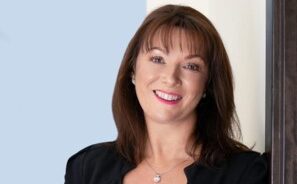Insurance channels are a growing force in mutual fund distribution in Asia ex-Japan rising to US$113.7bn (€95.7bn £84.9bn) according to latest data, and representing 5.9% of the region’s total assets under management (AUM).
These assets posted a robust compound annual growth rate of 23.4% between 2012 and 2016 according to Cerulli Associates, a global research and consulting firm, which expects capital adequacy rules to lift insurance linked products’ (ILP) asset share further.
With most insurers across the region facing tighter capital adequacy requirements, some may place greater importance on insurance linked products, which pass liabilities on to policyholders and hence, create less burden on insurers’ balance sheets compared to conventional savings-type and protection products.
Cerulli believes some insurers are also increasingly exploring ILPs, simply to broaden their product ranges and for fund houses, insurers are an attractive distribution channel.
Diversifying distribution models
In Cerulli’s annual surveys, insurance companies consistently rank among the top channels managers are keen to tap into.
“While insurers will unlikely match banks’ dominance soon, their growing importance is unsurprising, as managers seek to diversify distribution models,” the latest report reads.
“However, although AUM via insurers has risen, the ILP opportunity in Asia varies according to demand in each market, and the degree to which insurers are open to third-party managers.
“While most insurers, even those with their own asset management arms, do on-board third-party funds for their ILPs, others are more inclined to use their parent or sister firms’ products. However, this practice differs by market.”
Diversifying ILPs
Researchers found competition for space on the ILP shelf is particularly tough for lesser-known brands.
However, Cerulli believes there is scope for greater underlying fund diversity among ILPs, given the heavy concentration in equities in most markets.
They identify areas of opportunity include exchange-traded or passive funds, and possibly target-date funds in markets such as Singapore and Korea, to cater to ageing populations.





